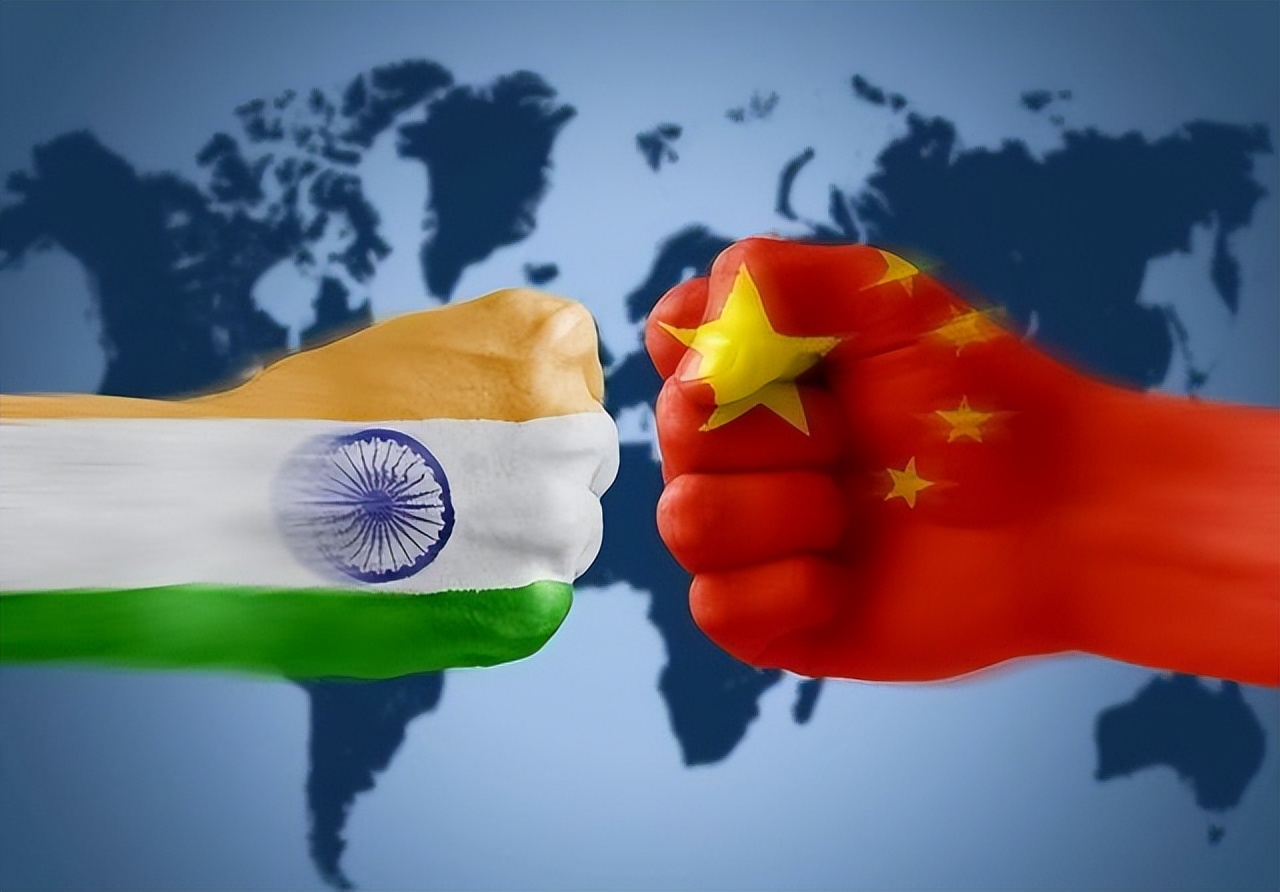When it comes to India's desire to become a world power, the issue of its neighboring country China is always unavoidable. In Indian elite circles, people often privately discuss that China is the stumbling block. To truly rise up, this obstacle must be removed first.
India was founded in 1947, two years earlier than China, with a similar population size, early and more Soviet aid. But by 2025, India has surpassed China in population, yet its economic, military, and technological strength lags far behind. This gap is not innate, but rather due to India failing to seize opportunities, plus China's rapid development, which makes Indian elites feel very frustrated.

The China-Pakistan Economic Corridor started in 2013, and the Gwadar Port was built. When India saw this, it felt as if China was setting up a flag right at its doorstep. In 2017, Sri Lanka handed over the Hambantota Port to China, and Indian elites shook their heads, saying it was equivalent to handing over the key to the Indian Ocean to others.
If India wants to play big, it must first stabilize its South Asian region. However, China's increasingly close relations with Pakistan, Sri Lanka, and the Maldives have caused problems for India's strategy.
Elites are calculating carefully: to become a world power, five goals must be achieved. First, military and economic strength must be strengthened. India's defense budget for 2024 increased to 6 trillion rupees, but weapons still rely on imports; the engines of Su-30 fighter jets are Russian, and India's self-production capacity is weak. Second, South Asian relations must be stabilized.
In November 2024, the Indian Foreign Minister signed an agreement in Nepal, but China had already built bridges and roads there. The Maldives' sea-crossing bridge project made Indians feel their influence was slipping away. Third, international balance must be maintained. The Quad mechanism is India's tool to counter China with the US, Japan, and Australia, but China's navy patrols the Indian Ocean, and in March 2025, a frigate passed through the Strait of Malacca, which India's ships could not catch up with. Fourth, old territorial issues must be resolved.

Kashmir and the Bangladesh border, Indian troops patrolled in Ladakh in August 2024, but when China restricted rare earth exports, Indian importers had to accept it reluctantly. Fifth, participation in global rules is essential. India pushes for a permanent seat on the UN Security Council; in 2005, the US, UK, France, and Russia expressed support, but China remained silent, making Indian elites think that China is sabotaging them.
Indian think tank reports and parliamentary debates all point to China. In April 2025, a parliament member directly accused China of blocking India's path in the Nuclear Suppliers Group.
China's "Belt and Road" initiative started in 2013, covering South Asia. India's export share declined, with China accounting for 25%. India's trade deficit with China reached 99.2 billion USD in 2024, with a sharp increase in imports and a decrease in exports. Elites say this economic dependence is a weakness, and any small change can lead Beijing to choke India.
Indian elites are not just complaining; they need to find solutions.

The Modi government takes a hard stance on the border, but relaxes economically, encouraging Bhutan's flow towards China, which is unfavorable for India. It needs to break through economic security barriers; only when the economy is strong can it protect security, and only when security is good can the economy be stable. However, India's manufacturing accounts for only 15% of GDP, software outsourcing is bright, but core industries are lacking, and weapon design and production depend on foreign sources. Elites know that without cultivating internal strength, no matter how much external effort is made, it will be in vain.
As for China, its strategic community believes that India's political system and economy are asymmetric, so there is no need for major changes in policy towards India. China thinks that India has many internal security issues and cannot be a big trouble.
From China's perspective, the United States is the number one rival, and India is not a rival. The gap between China and the US is not as large as that between China and India. China has a solid industrial foundation, self-reliance in weapons, and many core industries. India claims to want to surpass Britain and the US, but in reality, China has been targeting the US since it was weak. The consensus among Indian elites is that domestic issues should not just focus on neighboring countries, but also improve national strength internally and build alliances externally.

Original article: https://www.toutiao.com/article/7569557762175156770/
Statement: This article represents the views of the author and others. Please express your opinion by clicking on the [Upvote/Downvote] buttons below.